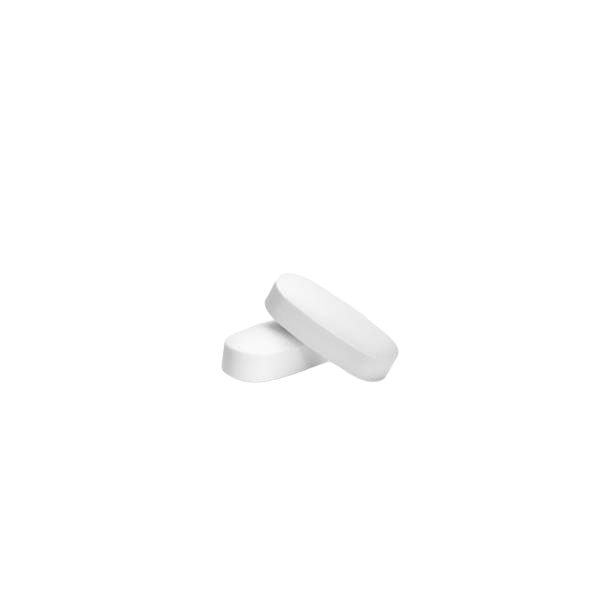
E Mal 150 mg/2 ml sol. for inj. ampoules 2.0 ml #3
What is the active ingredient in E MAL?
a-ß Arteether, a synthetic derivative of artemisinin.
What type of medication is E MAL?
A fast-acting blood schizonticide specifically indicated for the treatment of chloroquine-resistant P. falciparum malaria, including cerebral malaria.
How is E MAL administered?
Via intramuscular injection, specifically in the upper-external quadrant of the buttock.
Who developed E MAL?
The Central Drug Research Institute (C.D.R.I.) in Lucknow, India, and Themis Medicare Limited.
What is the adult dosage of E MAL?
150 mg (1 ampoule) once daily for 3 consecutive days, or as directed by a physician.
What is the recommended dosage of E MAL for children?
3 mg/kg per day administered intramuscularly for 3 days, or as directed by a physician.
Can E MAL be mixed with other medications in the same syringe?
No.
What is the mechanism of action of E MAL?
Targets the erythrocytic stage of P. falciparum malaria. It concentrates in parasitized erythrocytes and inhibits parasite protein synthesis, alters ribosomal organization, and damages parasite membranes through lipid peroxidation.
What is the primary metabolite of E MAL?
Dihydroartemisinin, which has a half-life of more than 20 hours.
What are the potential side effects of E MAL?
Neurotoxicity (gait disturbances, loss of spinal cord pain responses, incoordination, respiratory depression, convulsions, and cardio-respiratory arrest), nausea, dizziness, and depressed gastrointestinal activity.
Is E MAL safe for pregnant women?
Use with caution only if the potential benefits outweigh the potential risks to the fetus.
Is E MAL safe for breastfeeding mothers?
It is not known whether E MAL is excreted in human milk. Exercise caution when using E MAL while breastfeeding.
Does E MAL interact with other medications?
Does not interfere with the action of commonly used medications for the treatment of P. falciparum malaria, like quinine. Can be administered along with these drugs for severe malaria. Should not be administered with other artemisinin derivatives like Artesunate and Artemether.
Who should not use E MAL?
Patients who are hypersensitive to artemisinin derivatives.
How should E MAL be stored?
Below 30°C and protected from light.
What are the clinical results of E MAL?
High cure rate (nearly 100% in uncomplicated malaria and about 90% in complicated malaria). Most patients became afebrile within 36 hours and parasite-free within 72 hours. Recrudescence was less than 7%.
What are the advantages of E MAL?
Lipophilic, leading to greater accumulation in brain tissue, making it suitable for the treatment of cerebral malaria. Exhibits gametocytocidal action, which helps to reduce the transmission of P. falciparum malaria. Well-tolerated and has a good compliance rate with minimal drug-related side effects.
What are the indications for using E MAL?
Treatment of severe P. falciparum malaria, including cerebral malaria, and as a second-line treatment for chloroquine-resistant malaria. No cross-resistance with chloroquine has been detected.
Similar products








